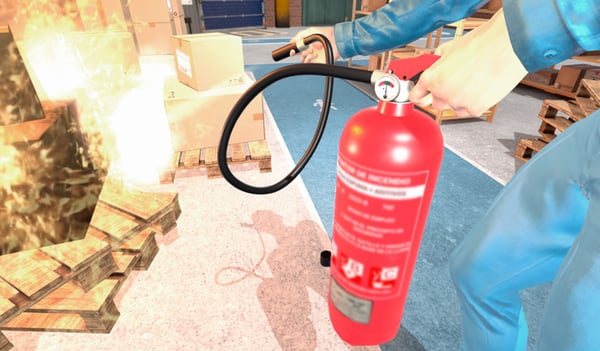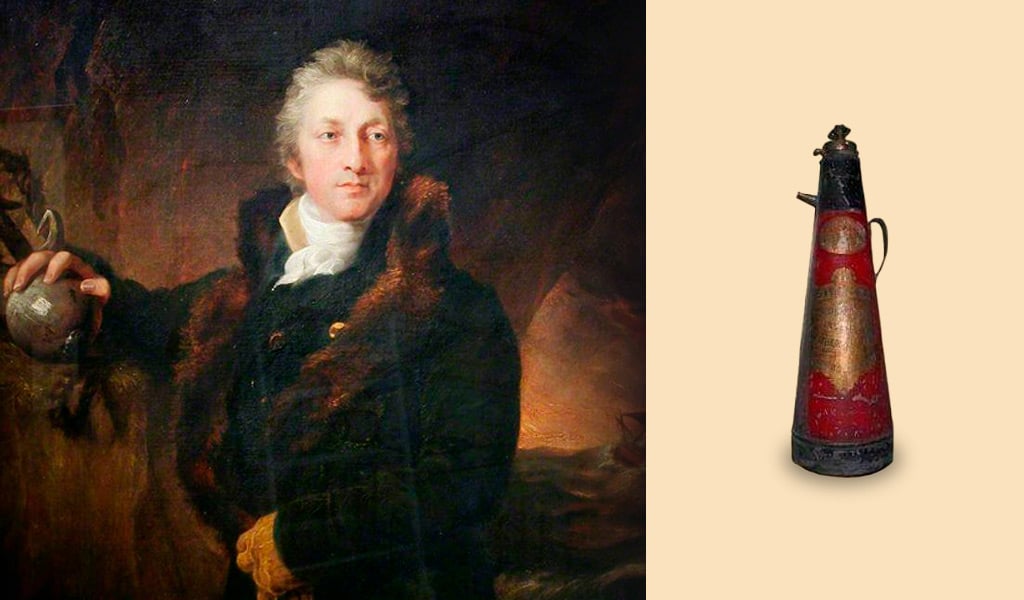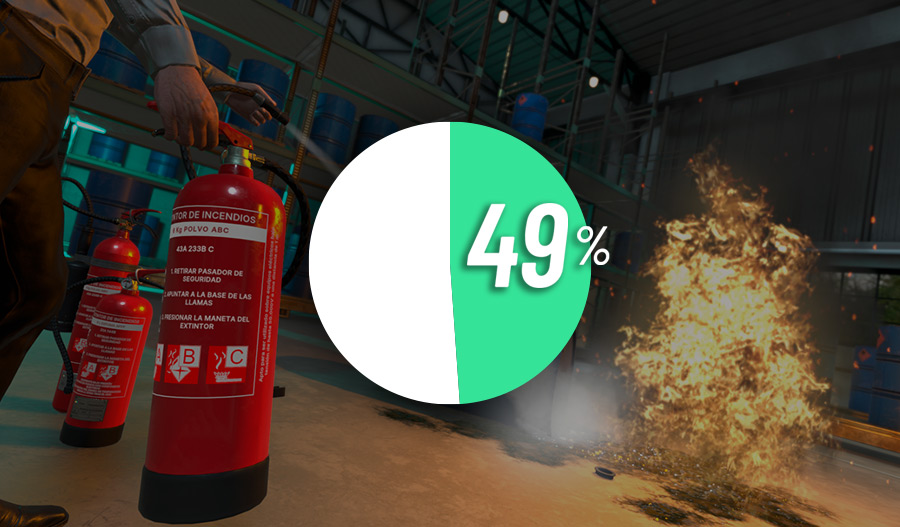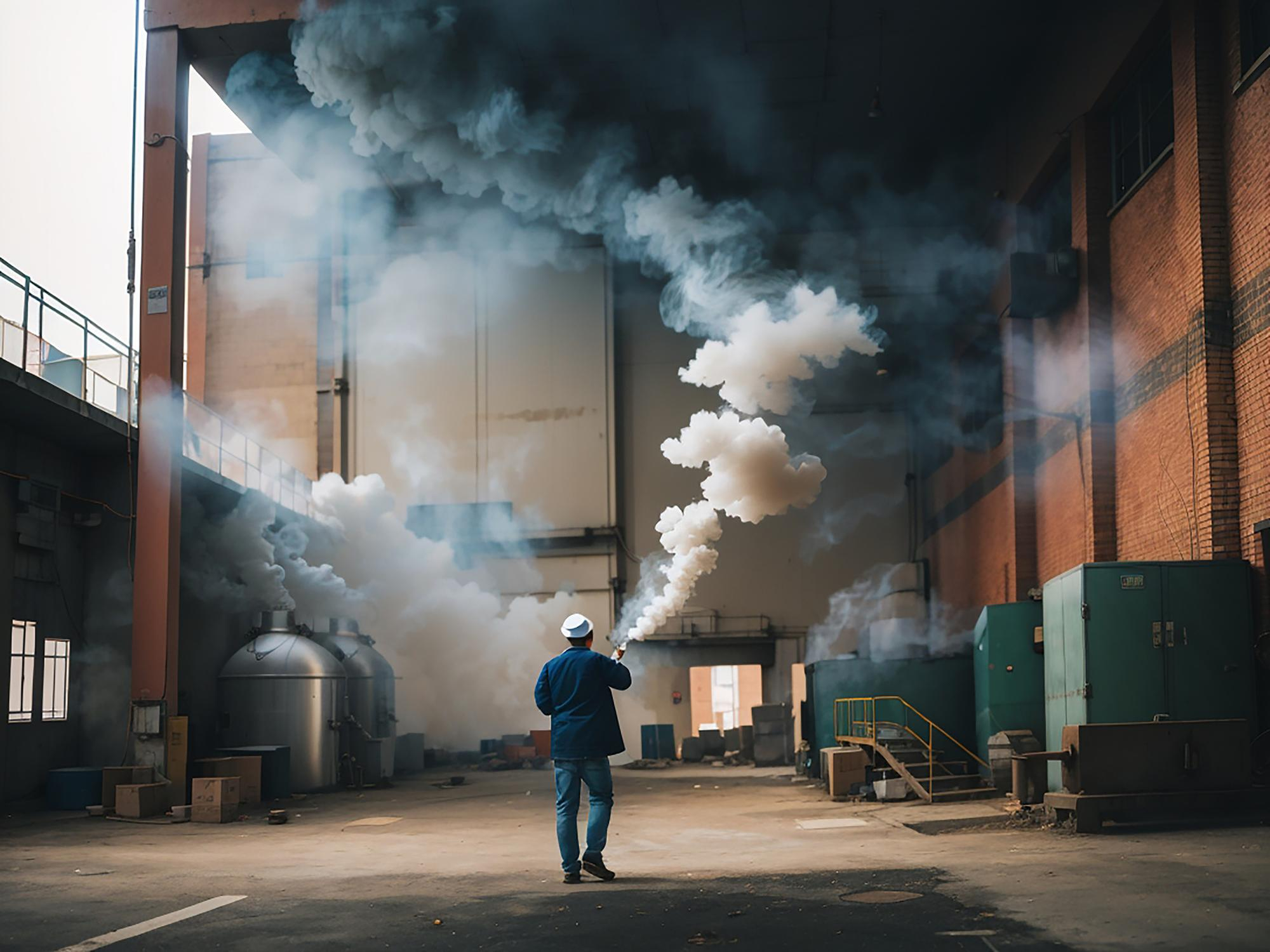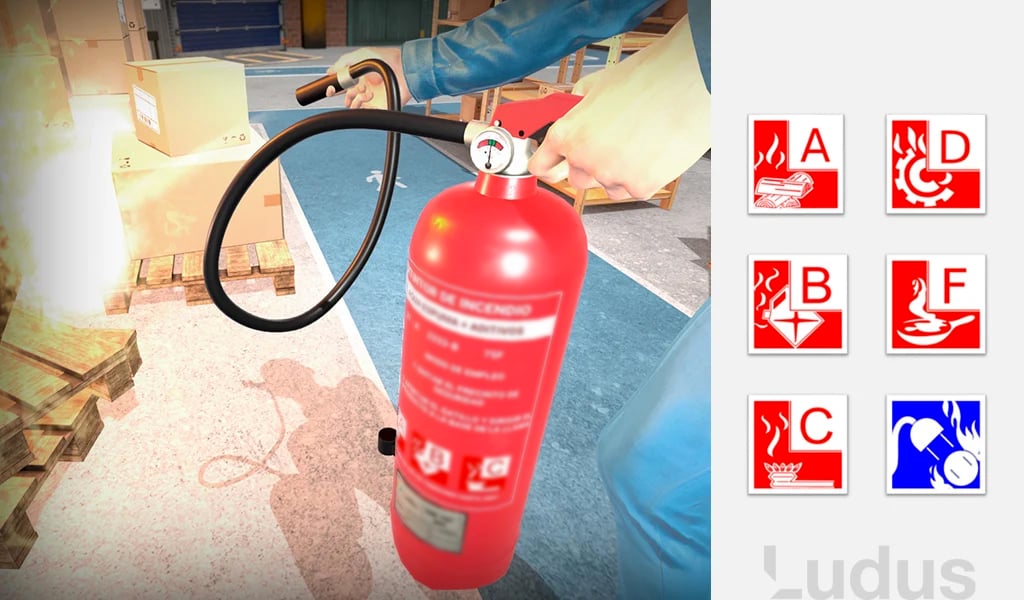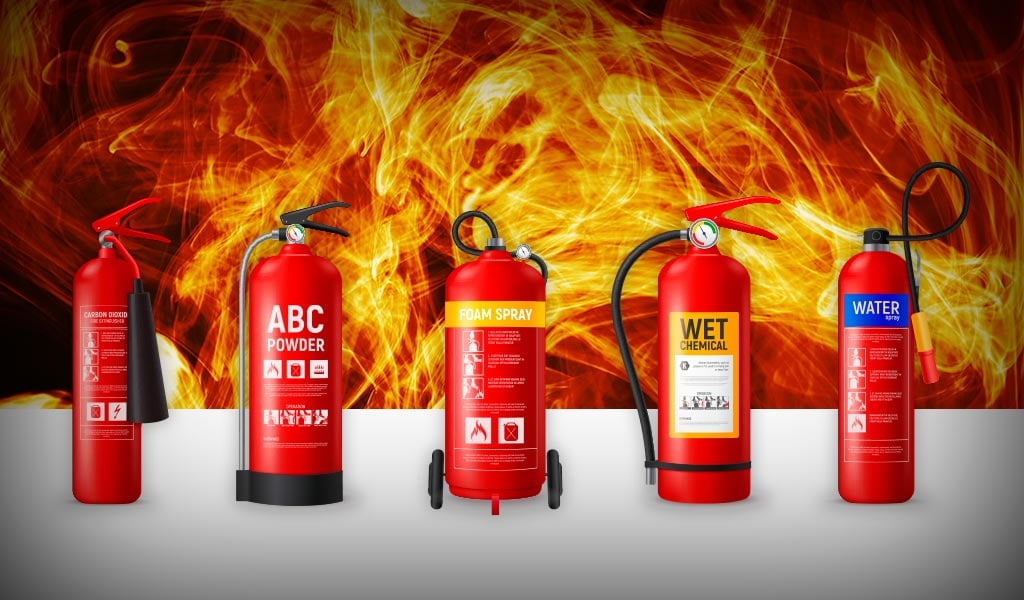Types of Fire Based on the Fuel
- Class A Fire: Flammable solid fuels such as wood, rubber...
- Class B Fire: Flammable liquid fuels such as gasoline, alcohol...
- Class C Fire: Flammable gaseous fuels such as methane, butane...
- Class D Fire: Fires involving metals such as sodium, magnesium...
- Class F or K Fire: Fires involving oils or fats in the kitchen.
In terms of risk prevention, the fire extinguisher is one of the main tools to keep us safe. This tool allows us to combat one of the most common sources of danger in both homes and work environments: fire. However, there are different types of fire, and it is not always easy to train to respond to all of them.
Fire has been used as a tool for hundreds of thousands of years. Its discovery was a milestone and a leap in human evolution. The mastery of fire brought revolutionary innovations, such as cooking food or protecting oneself from cold and predators. However, the destructive potential of fire makes it a significant risk element.
Over time and with modernization, a wide variety of flammable materials have emerged in both work environments and daily life. This leads to the classification of different types of fire since the nature of each one is different.
Knowing the different types of fire helps us understand the ideal response for each one to avoid fatal mistakes.
Different Types of Fire Based on the Fuel
Currently, there are five different types of fire classified according to the fuel. The appropriate means to combat them also vary.
Class A Fire
This type of fire involves flammable solid fuels such as wood, rubber, or various textiles, among others. To extinguish a Class A fire, water, foam, or ABC powder extinguishers are usually used.
Class B Fire
These fires involve flammable liquid fuels such as paint, oil, alcohol, gasoline, etc. There are different suitable extinguishers to put out a Class B fire. These types of fire can be extinguished with a CO2 extinguisher, foam extinguisher, water mist extinguisher, or the versatile ABC extinguisher.
Class C Fire
Class C fires involve flammable gaseous fuels. They can be butane, methane, hydrogen, etc. The most commonly used extinguisher for these types of fire is the ABC extinguisher.
Class D Fire
These fires involve metals such as magnesium, sodium, or others. There is a specific extinguisher for this type of fire.
Class K or F Fire
The risk in this category of fire is caused by the use of oils or fats in cooking. To extinguish a Class F or Class K fire, the AFFF (Aqueous Film-Forming Foam) additive is usually used in combination with water mist or foam.
For each of these types of fire, it is necessary to know how to choose the appropriate extinguishing agent. For example, an extinguisher with water should never be used to put out a pan with oil on fire or when there are electrical components nearby.
The variety of extinguishing agents for different types of fire makes it complex to train workers to combat them. Additionally, igniting certain types of fire for practice poses a danger, and not all companies have the resources for it. How can one train to face different types of fire?
Virtual Reality to train the response to different Types of Fire
New technologies such as Virtual Reality (VR) provide an answer to that question. This tool allows the recreation of realistic risk situations through simulations. By wearing VR goggles, employees experience a first-person immersive experience and learn while experiencing sensations.
In fire extinguishment, Virtual Reality (VR) is a tool that allows trainers to set up dynamic and immersive training sessions. Employees learn how to extinguish a fire by facing a virtual fire, without putting themselves in real danger and without environmental impact.
The trainer can select the scenario in which the simulation will take place, such as a warehouse or a kitchen, and choose the type of fire that will be present. This way, the worker learns to select and use the appropriate extinguishing agent in a stressful situation. The trainer also has the option to include an electrical component in the fire.
These types of training are not only useful for companies or prevention services. The use of VR in fire extinguishment training has even been valued by firefighter chiefs.
According to studies by prestigious firms like PWC, individuals trained with VR are emotionally 3.75 times more connected to the content. This company also claims that people learn 4 times faster using this technology, resulting in savings in training hours.
If you want to learn about other significant advantages of implementing virtual reality in fire extinguishment training, discover them at this link.
---------------------------------------------------------------------------
Are you interested in Virtual Reality as a tool for health and safety training?
Fill out this form to receive specific information about the benefits and features of our VR platform.


